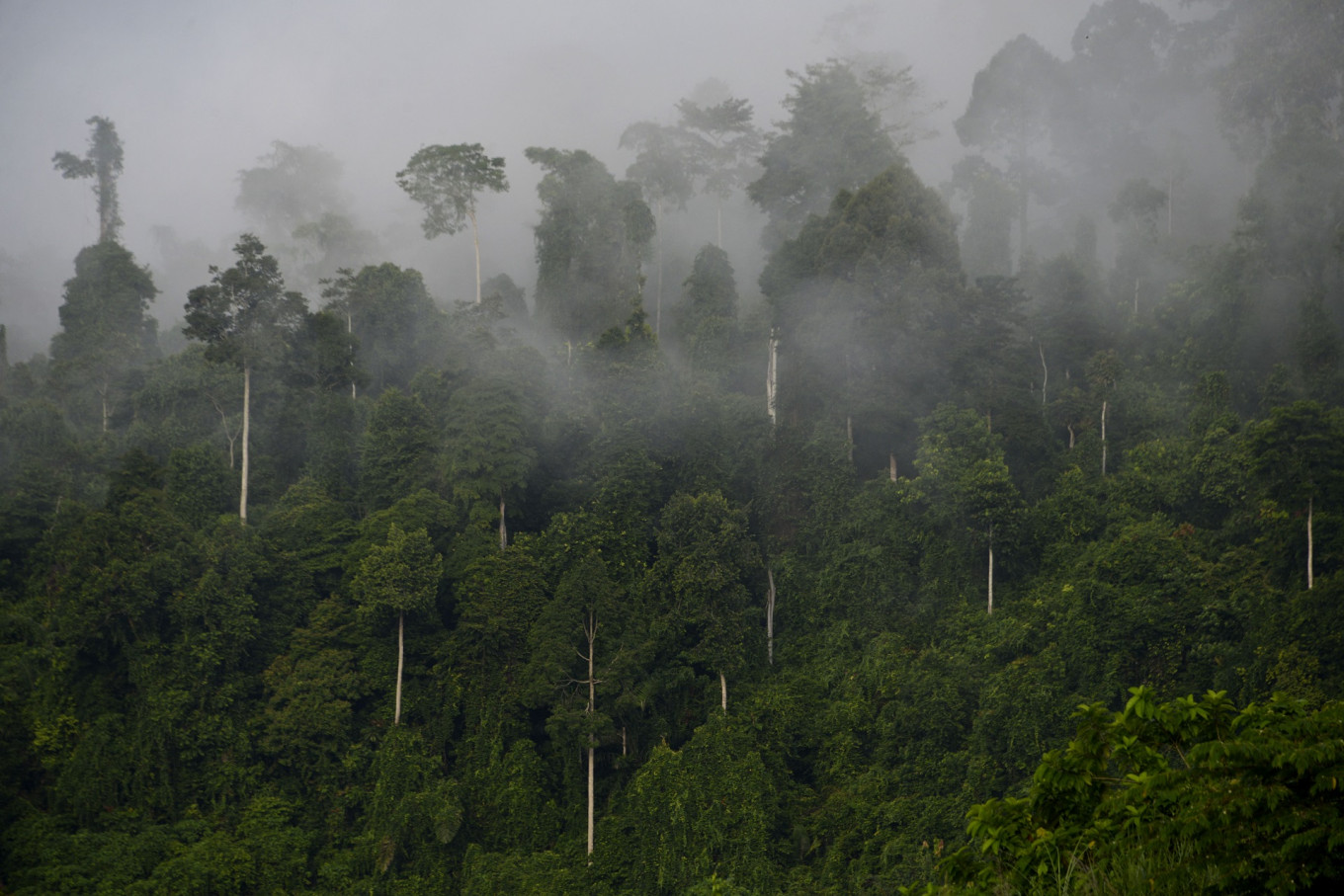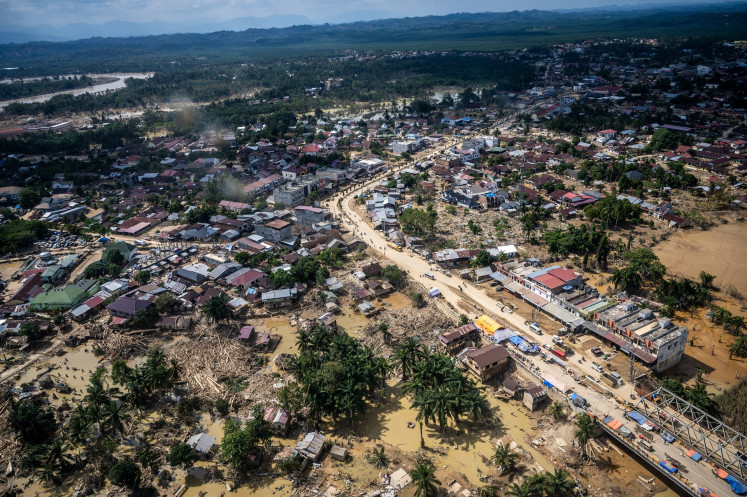Popular Reads
Top Results
Can't find what you're looking for?
View all search resultsPopular Reads
Top Results
Can't find what you're looking for?
View all search resultsWhy we need healthy forests for healthy people
According to the Botanic Gardens Conservation International, about a third of the world’s tree species are at risk of dying out forever.
Change text size
Gift Premium Articles
to Anyone
T
oday, more than half of the world's population live in urban areas. By 2050, this is expected to increase to almost seventy percent. Yet even people living in cities have begun to realize how vital access to forests, urban parks and green spaces is for our mental health and well-being.
There is clear evidence to show that spending time in forests reduces stress and lowers blood pressure and the risk of heart attacks. Last month, a new study by Italian universities suggested that simply breathing forest air can reduce anxiety due to the volatile compounds released by trees. In Japan, where more than nine out of ten people live in cities, “forest bathing” is part of the public health strategy. “Green prescribing” programs, a holistic approach to health and care, are also gaining momentum in many countries.
As we mark the International Day of Forests today, it is worth remembering that there are many reasons to appreciate forests – and that even if we never set foot in them, forests keep us all healthy.
Forests help combat the biggest threat facing us today - climate change. Forests are huge carbon sinks, containing 662 billion tons of carbon. That is more than half the stock of carbon in soils and vegetation around the world. They also shield us from rising heat and extreme weather events. They regulate rainfall and protect against landslides and floods.
Forests also act as a natural barrier to the spread of disease from animals to humans. As deforestation continues, this barrier is fraying. More than 30 percent of new diseases reported since 1960 have been linked to changes in land-use, including deforestation.
Our forests are also natural pharmacies. Around 50 000 plant species – many of which grow in forests – have medicinal value and are used by local communities to treat conditions from snake bite and diarrhea to rheumatism and diabetes. But also many common pharmaceutical medicines are derived from forest plants – for example, cancer-treating drugs from the Madagascar periwinkle.
Our green spaces are the world’s gift to humankind.
Yet around the world forests and trees are at risk. Ten million hectares of forests are lost to deforestation each year, 90 percent of which is driven by agricultural expansion to feed a growing global population.
They are under threat from wildfires, pests and weather extremes. Fire affected approximately 98 million hectares of forest in 2015 alone. According to the Botanic Gardens Conservation International, about a third of the world’s tree species are at risk of dying out forever.
So, what can we do to keep our forests – and ourselves – healthy?
We must take a more hands-on approach to managing forests sustainably. We need to halt deforestation, but we also need to grow new forests using species and techniques that maximize their resilience. We need policies in place to ensure we can feed the world population without destroying forests in the process, boosting agricultural productivity rather than expanding the land needed. And we need to improve understanding of the financial benefits of managing forests sustainably.
We must monitor natural forests and develop early warning and rapid response systems to stamp out disease faster. We must prevent the risk of wildfire long before the first spark flies.
And we must support the communities, living in and near forests, to have their rights over land and forest resources recognized. Often among the poorest in the world, these communities are best placed to manage our forests well.
The more urbanized society becomes, the more we must work together to remember that we are part of nature, and that our health and well-being depends on it. We must act now to safeguard forests and ensure they remain for our own health, and that of our children and future generations.
***
The writer is director, Forestry Division, Food and Agriculture Organization of the United Nations (FAO).










